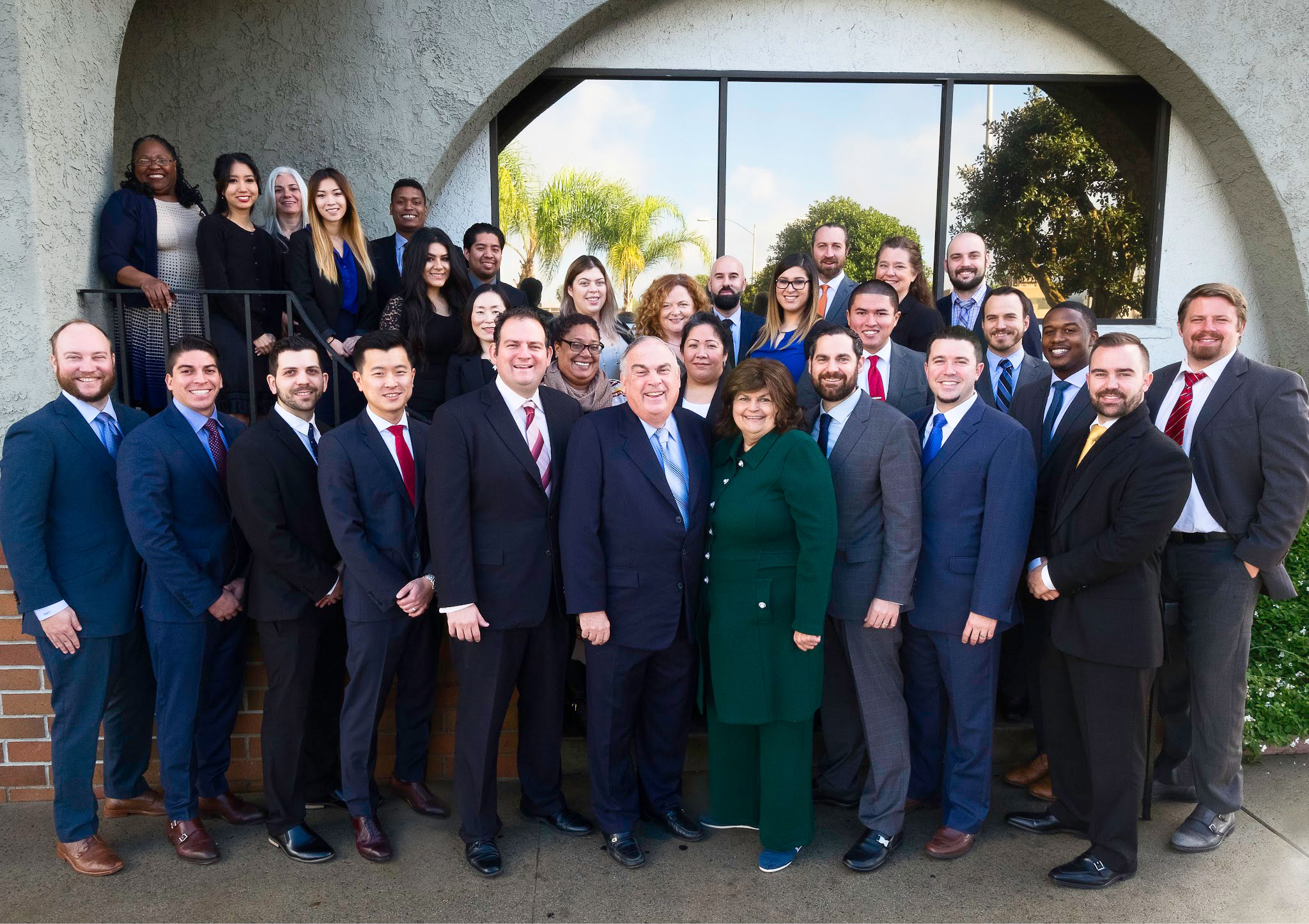Successful business owners have no problem paying the taxes that they owe – but that doesn’t mean they shouldn’t look for loopholes to reduce their tax burden as much possible, so long as they stay within the law.
Section 197 of the IRS tax code provides exactly that kind of loophole and has since it was created back in the 1980s.
Most recently restructured as part of the Tax Cuts and Jobs Act of 2017 (after getting a big bump as part of the Small Business Jobs Act of 2010) business owners and entrepreneurs get even more tax relief when they capitalize on “The Hummer Loophole”.
This guide lays out how savvy business owners can make the most of all this tax relief has to offer.
Quick Overview of the Hummer Loophole
To put it bluntly, the Hummer Loophole of Section 179 basically allows small business owners write off 100% of “heavy equipment” purchases as long as those purchases are put into use at the business during the same year they are purchased.
Originally intended back in the 80s to give small business owners relief when purchasing bulldozers, dump trucks, and the like, the law expressly allowed for “heavy equipment” to be described as any vehicle over 6000 pounds.
Well today a significant amount of vehicles – including a lot of luxury vehicles – tip the scales north of 6000 pounds and are able to be legally written off completely, even if they are anything but heavy equipment.
The only real restriction aside from the weight limit is that the vehicle has to be used for business purposes.
Leveraging Section 179 to Drop Your Business Taxes Fast
Updates to Section 179 have been expanded to include all kinds of “qualified property”, not just heavy equipment or vehicles over the 6000 pound limit.
Examples of commercial property that fall under the Section 179 tax exemption loophole include:
- Office equipment and hardware
- Office furnishings
- Computers and technology investments
- Software investments
- Machinery and tools
- Tangible personal property
… And even certain improvements to a piece of commercial real estate.
An effort to make the most of these deductions, though, businesses have to have made enough money within the year these purchases were made to have a taxable profit. All Section 179 deductions can only be applied to profits. Business owners won’t be able to increase losses more than they are already reporting, sheltering your business from taxes they might have otherwise had to pay.
As always, it’s important for business owners to speak to qualified CPAs and tax specialists before leveraging all that Section 179 has to offer. There are a lot of ways to use this up to $1,000,000 deduction, but it does have to be used strategically to have the highest impact on a business’s balance sheet.
There’s a lot of leverage in Section 179. Some would argue more than ever before, especially after the boosts to deduction amounts made in 2010 and then again in 2017. Entrepreneurs would be wise to make the most of all the Hummer Loophole has to offer.

